Google Pixel 4 And 4 XL Hands On: Improvements In Design And Capabilities
Dhir Acharya - Oct 18, 2019

Google’s Pixel 4 and Pixel 4 XL, one of the most expected phone lineup recently, are finally here. And this is what the real phones look like.
- Google Offers Voluntary Buyouts to US Employees Amid AI Push
- Google SynthID: Everything You Need to Know About AI Content Detection
- NotebookLM Mobile App: Enterprise AI Capabilities Now Available on iOS and Android
Google’s Pixel 4 and Pixel 4 XL, one of the most expected phone lineup recently, are finally here. Apart from leaks and rumors from independent units, the tech giant itself went to Twitter and teased an image of the phones in June.
Both phones sport a dual-camera setup on the back, radar-powered face unlock technique, a 90Hz screen, as well as a bunch of new features such as live video captioning and car crash detection.
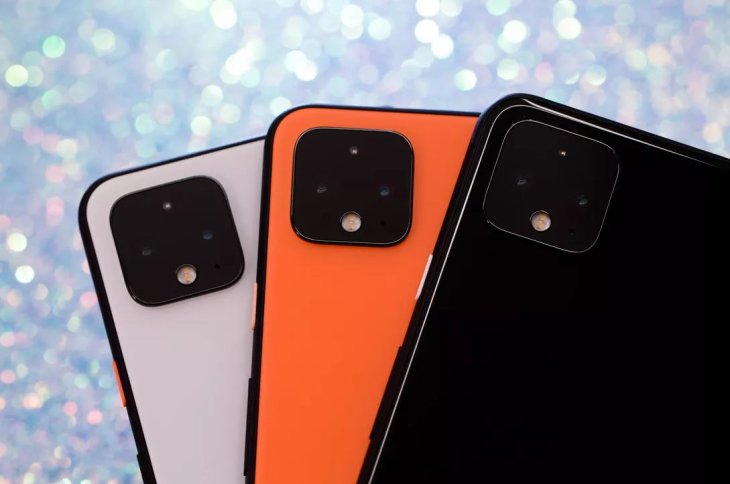
The Pixel 4 with 64GB internal storage costs $799 while the Pixel 4 XL costs $899, both coming in orange, black, and white. You can preorder the phones right now and shipping starts on October 24.
Google announced its new flagships at a time when there are already many competitors on the stage like three new iPhones from Apple, the Galaxy Fold and Galaxy Note 10 from Samsung, the OnePlus 7 Pro, etc.
So what does Google have to offer this time? Let’s take a closer look at the smartphone we have all long waited for.
Google Pixel 4 vs. Google Pixel 4 XL
There aren’t many differences between these two phones, they both offer three color options, they both sport the “Smooth Display” and share the same cameras. However, you can still tell them apart thanks to different prices and sizes.
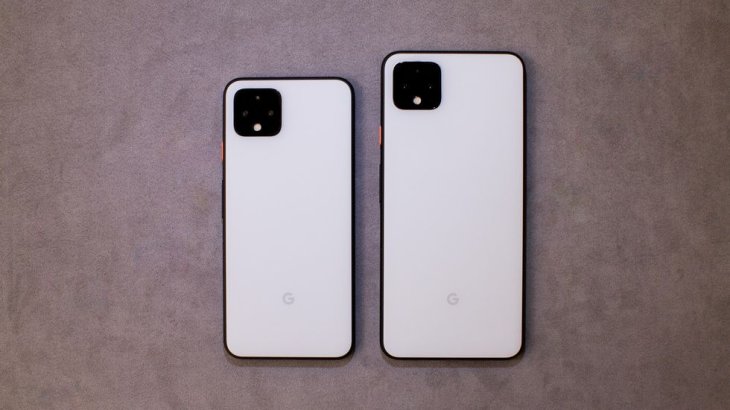
Price
The Pixel 4 XL is $100 more expensive than the Pixel 4. In particular, for the 64GB version, the Pixel 4 and 4 XL are priced at $799 and $899 respectively. If you upgrade to the 128GB version, you will have to pay $899 for the Pixel 4 and $999 for the Pixel 4 XL.
Dimensions and weight
The 4 XL is the bigger and heavier phone among the two, which measures 6.3 x 2.9 inches and weighs 193 grams. Meanwhile, the Pixel 4 measures 5.7 x 2.7 inches and weighs 162 grams. Both of them are 0.3 inches thick.
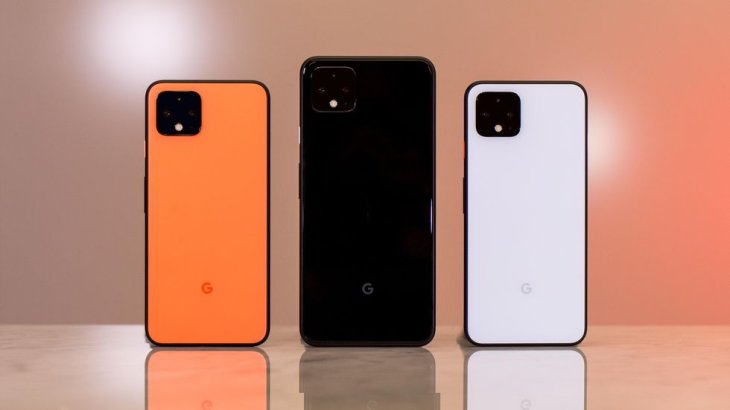
Display
While the Pixel 4 sports an FHD screen featuring a density of 444 pixels per inch, the 4 XL has a QHD screen with a density of 537 pixels per inch. But they both offer a 90Hz OLED Smooth Display.
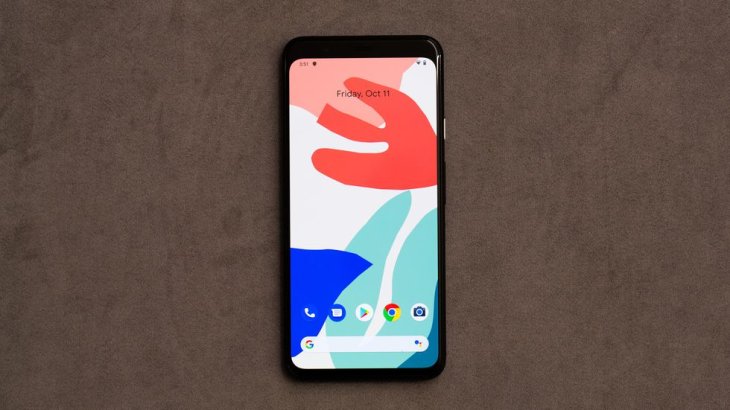
Battery
The last major difference between the Pixel 4 and Pixel 4 XL lies in their batteries. The 4 packs a 2,800mAh battery (smaller than that of the Pixel 3), and the Pixel 4 XL lives on a 3,700mAh battery.
A new industrial design
Google’s newest Pixel phone comes in a new design, featuring a square camera module, all of which are placed neatly around its sides by a slick aluminum band. The good news is the 4 XL replaces the ugly notch of the 3 XL with a forehead bezel housing the face unlock sensors along with the selfie camera.
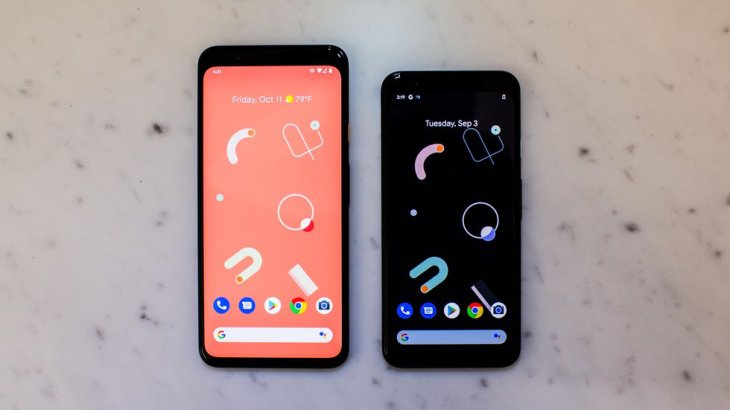
The new Pixel smartphones are just slightly larger and heavier than last year’s models, making them feel more robust than previous models. The Pixel 4 lineup features Gorilla Glass 5 on its front and back while registering the IP68 rating for water and dust resistance. Both the Pixel 4 and 4 XL are powered by Qualcomm Snapdragon 855 chipset, 6GB RAM as well as wireless charging. They also have a USB-C port and stereo speakers on the bottom.
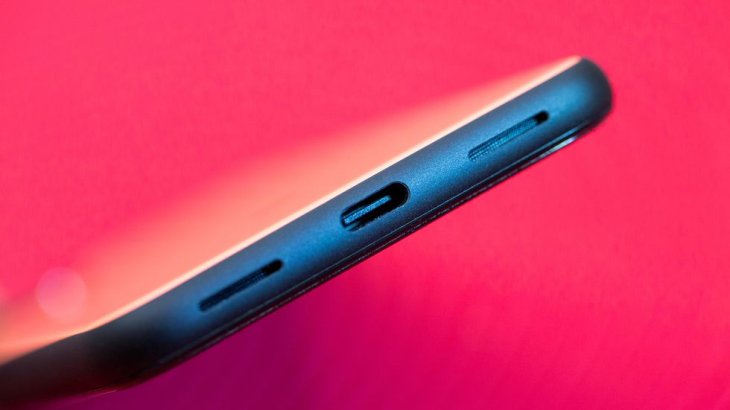
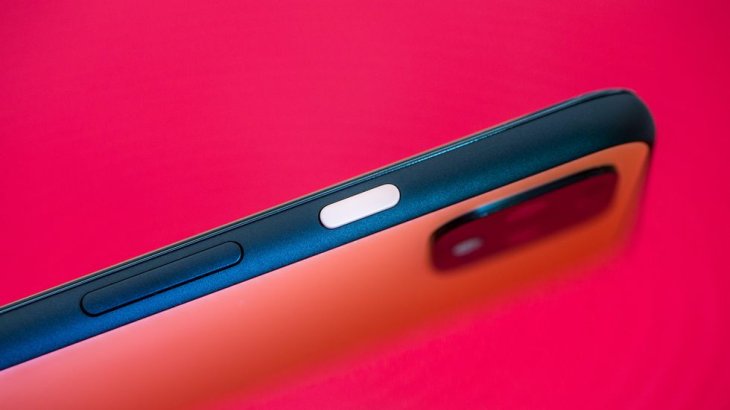
One strange thing you may notice is that these phones’ batteries have lower capacity compared to the Pixel 3 and 3 XL. Maybe Android 10 will help make them more power-efficient but we’ll have to see the actual battery life in the real world.
The Smooth Display with a 90HZ refresh rate
This is one major change Google has given to the phones’ front. Like Asus’ 2018 ROG phone and the OnePlus 7 Pro, the Smooth Display refreshes 90 times per second, which means text looks sharp, animations and graphics look smoother. For comparison, most of today’s smartphones offer a 60Hz screen, including the newest release from Samsung and Apple.
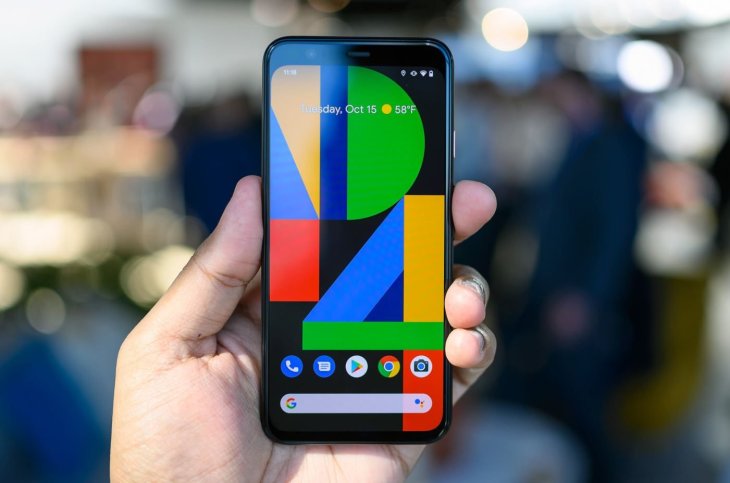
In accordance with the content being displayed onscreen, the phone will switch automatically between refresh rates for performance optimization and battery drain restriction. That means when you read a text, the refresh rate may drop to 60 Hz while it may jump to 90 Hz when you scroll through a social platform. You can also opt for 90 Hz all the time if you want.
While the Pixel 4’s screen is 0.2 inches larger than that of the Pixel 3, 5.7 inches as opposed to 5.5 inches, the Pixel 4 XL remains the same screen size as the 3 XL.
In addition, the Pixel 4’s screen offers the Ambient EQ feature that twitches the color temperature on the display to give a more natural feel in different lighting environments. You can turn it on or off as you want. Apple has a similar feature called True Tone on the iPad’s and iPhone’s screens.
Motion Sense radar offer fast and secure face unlock
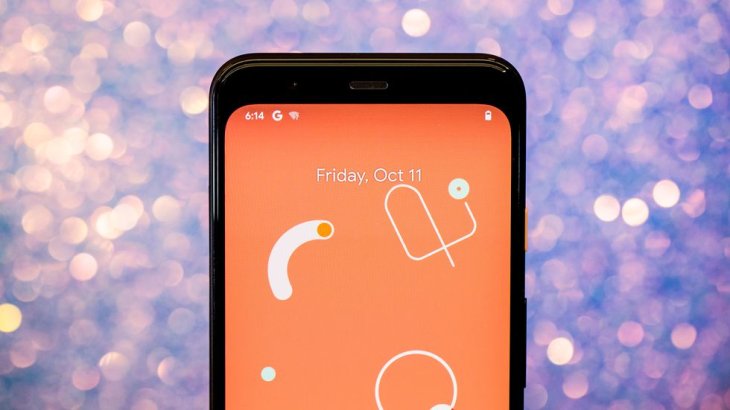
There a handful of features that we expected for a long time with leaks and rumors, but this is a truly impressive one. Motion Sense relies on a mix of sensors, a tiny and infrared radar to allow unlocking the phone with the face.
The Pixel 4 lineup are the first Android smartphones with secure enough face unlock for payments with Google Pay and password apps. This is good news as Google has ditched the fingerprint reader on its new phones.
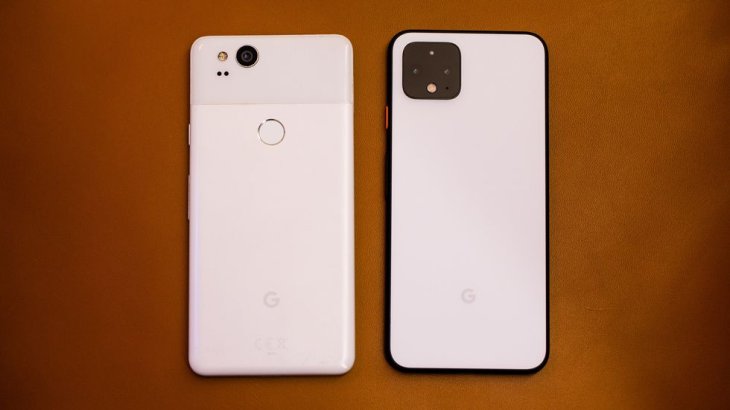
When demoed, the face unlock appeared to work pretty fast, partly due to that radar that detects your hand when you reach to the phone and prepares the cameras to unlock. Motion Sense can have other applications like switching songs by swiping in the air. The phones also have live wallpapers that respond to hand motions. You can take advantage of Motion Sense in dismissing an alarm or a call. Overall, this feature worked consistently well.
The two cameras on the back can capture stars
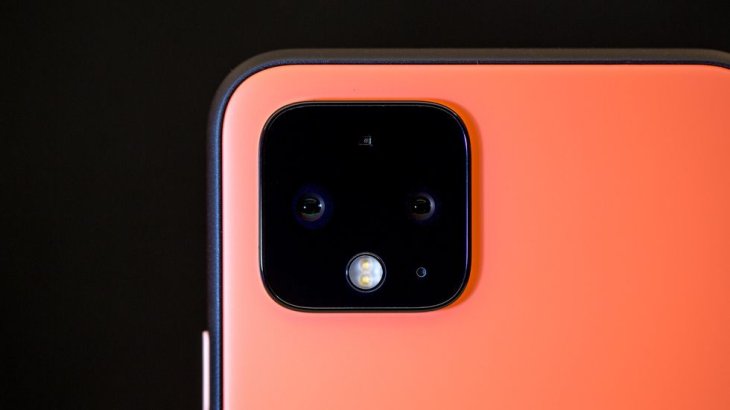
The most visible change in design is probably the rear cameras. While all previous Pixel phones have only one rear camera, the Pixel 4 sports a 12MP with an f/1.7 wide-angle lens along with a 16MP camera with an aperture of f/2.4 featuring 2x optical zoom. Google seems to think that its users prefer zooming to ultra-wide shots, that’s why it has chosen the telephoto camera over the ultra-wide one.
There are a lot of new features and improvements coming alongside the dual-camera system. For example, Night Sight is upgraded and can now capture stars.
In HDR Plus mode, you can now see a live preview of the photo before you take the shot. To compare, the Pixel 3 made you wait for a second while it processed the data before showing you the final result. Additionally, Google has added dual sliders so that you can change shadows and highlights independently in the viewfinder preview rather than the overall exposure only.
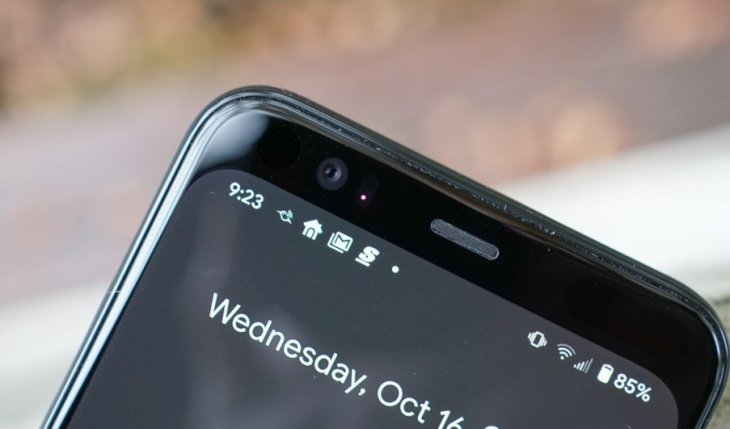
The Pixel 4 now generates portrait shots with both rear cams. The company claims that this will improve the edge and cut blur of the subjects over previous Google phones. With the new Pixel devices, you can take portraits in wide-angle mode thanks to the Neural Core processors that do everything inside the phone.
Instead of two selfie cameras like on the Pixel 3, Google now uses one 8MP lens featuring a wider default view field. Video is mostly the same but the phone now allows you to add love captions to your clips while you’re recording them.
Better integrated Google Assistant
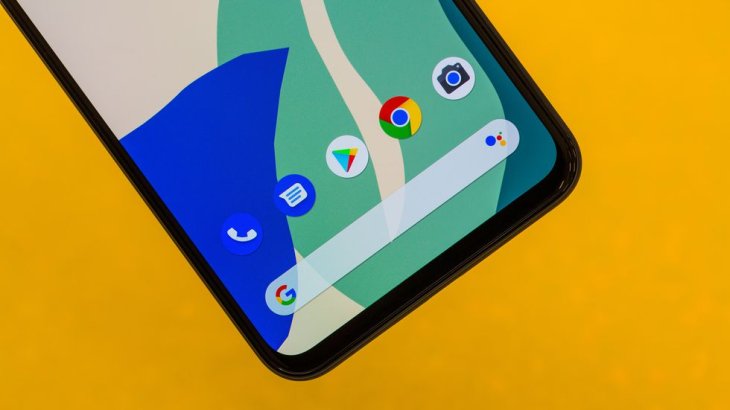
The assistant is now better integrated all over the smartphone. Still, you can wake Google Assistant by either saying “Hey, Google” or squeezing the phone’s sides. Otherwise, you can simply swipe up diagonally from a bottom corner of the handset. According to Google, it has improved voice commands as well as app control, sharing options, and contextual commands.
Car crash detection
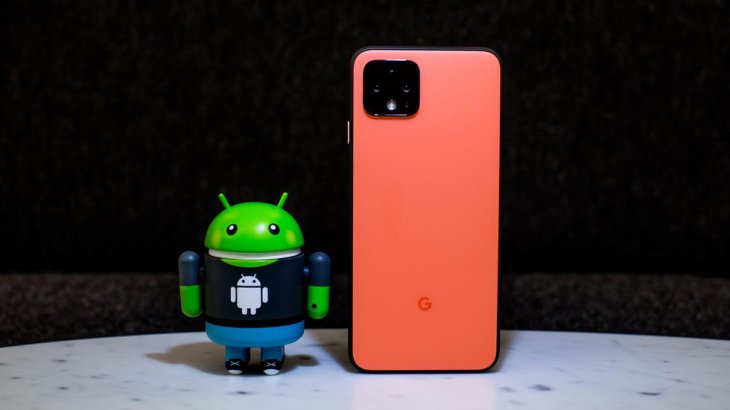
Besides powering the cameras, the Neural Core also gives the Pixel 4 the ability to detect a car crash. This feature is part of the Safety app, currently available in the US only. If you have a serious car crash, the feature will call for emergency services automatically. The phone maker said that the feature won’t be triggered by fender benders.
Featured Stories

Mobile - Oct 23, 2025
How Casual Games Are Winning the Mobile Attention War
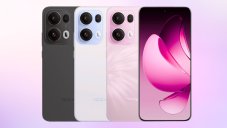
Mobile - Jul 03, 2025
OPPO Reno 14 Series Hits India: Launch Date, Cameras, and Specs

Mobile - Jun 12, 2025
Best Gaming Phones 2025: Top Devices for Mobile Gaming
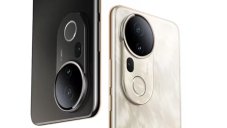
Mobile - Jun 12, 2025
Vivo T4 Ultra Debuts with MediaTek Dimensity 9300+ Chipset
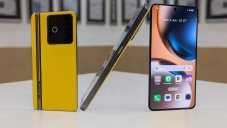
Mobile - Jun 08, 2025
Realme GT 7T Review: Power Meets Endurance in Controversial Style

Mobile - Jun 08, 2025
Motorola Edge 60 Set to Debut in India This June
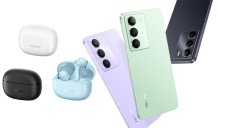
Mobile - Jun 07, 2025
Realme C73 5G Launches in India: Budget 5G Phone Starts at ₹10,499

Gadgets - Jun 07, 2025
OnePlus 13s Makes Indian Debut: Compact Flagship Brings Premium Features at...

Mobile - Jun 04, 2025
Samsung Galaxy Z Fold 7 Ultra: The Next Chapter of Premium Foldables

Mobile - Jun 02, 2025
Comments
Sort by Newest | Popular